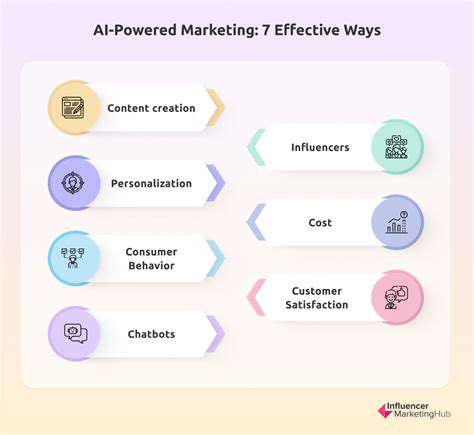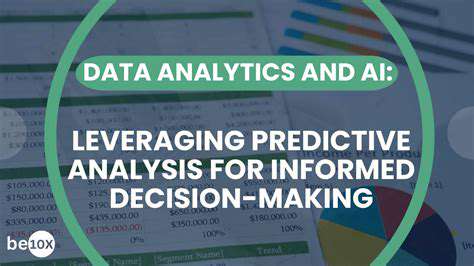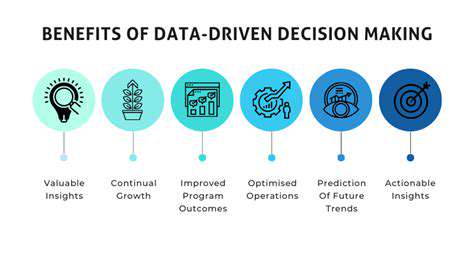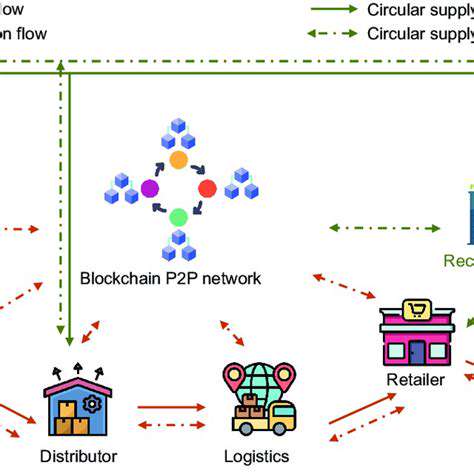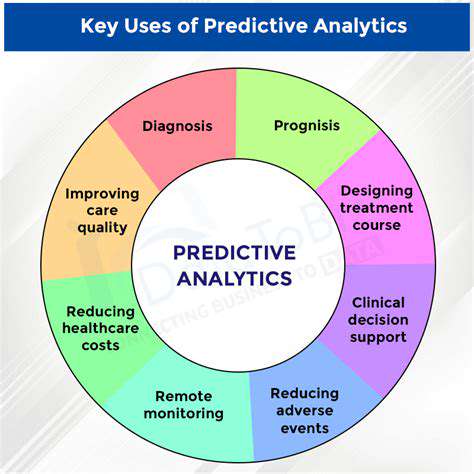Key Data Sources for AI-Driven CLTV Modeling
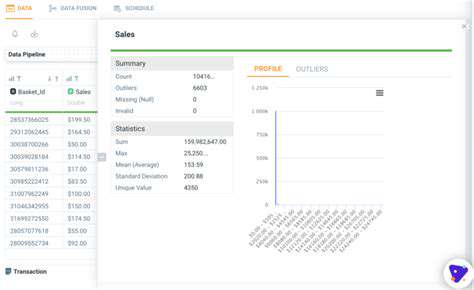
External Data Sources
In the era of big data, external sources have become indispensable for CLTV modeling. Progressive companies are tapping into unconventional reservoirs like satellite imagery (for retail foot traffic analysis) and IoT device data. The real competitive advantage comes from combining these external signals with internal data to create predictive models with unprecedented accuracy. However, the challenge lies in maintaining data quality across disparate sources, requiring robust validation frameworks.
Customer Relationship Management (CRM) Data
Modern CRM systems have evolved into rich repositories of customer intelligence. Beyond basic interaction logs, they now capture micro-behaviors like content engagement patterns and response latency. What's often underutilized is the potential of CRM data to identify moments of truth - critical touchpoints that disproportionately influence customer lifetime value. Advanced segmentation techniques can reveal unexpected customer cohorts that defy traditional demographic classifications.
Marketing Data
The digital marketing revolution has created an explosion of granular performance data. Savvy analysts now track attribution across dozens of touchpoints in the customer journey. Breakthroughs in multi-touch attribution modeling allow marketers to quantify how each interaction contributes to CLTV, enabling truly optimized budget allocation. The most sophisticated models even account for the diminishing returns of repeated exposures across channels.
Transaction Data
While transaction records form the backbone of CLTV calculations, their analysis has grown more sophisticated. Temporal pattern recognition can identify seasonal buying behaviors, while basket analysis reveals complementary product affinities. Emerging techniques use transaction velocity (purchase frequency acceleration) as a leading indicator of changing CLTV trajectories. Some retailers are even analyzing payment method choices as predictors of customer value segments.
Financial Data
The integration of financial data with customer analytics has opened new dimensions in CLTV precision. Activity-based costing models now enable accurate assignment of operational expenses to individual customers. Forward-thinking firms are developing customer P&L statements that provide a comprehensive view of profitability at the individual level. This granular financial visibility enables truly informed decisions about customer acquisition and retention investments.
Survey and Feedback Data
Modern sentiment analysis tools have transformed qualitative feedback into quantifiable CLTV inputs. Emotion detection algorithms can identify subtle shifts in customer sentiment across support interactions. The most valuable insights often come from analyzing feedback timing - how satisfaction levels fluctuate at different stages of the customer lifecycle. Some companies are experimenting with passive feedback collection through digital body language analysis, reducing survey fatigue while increasing data quality.
